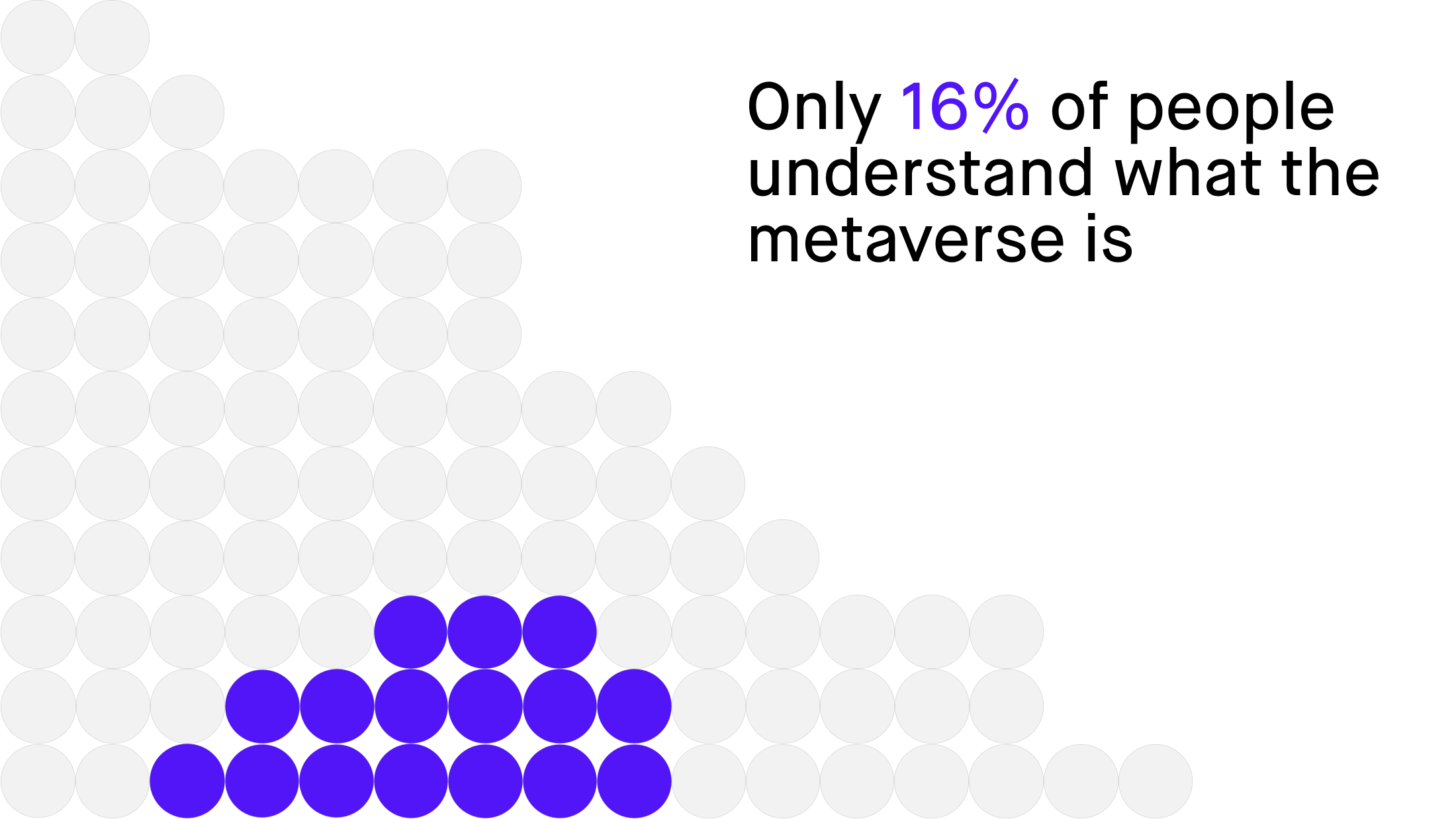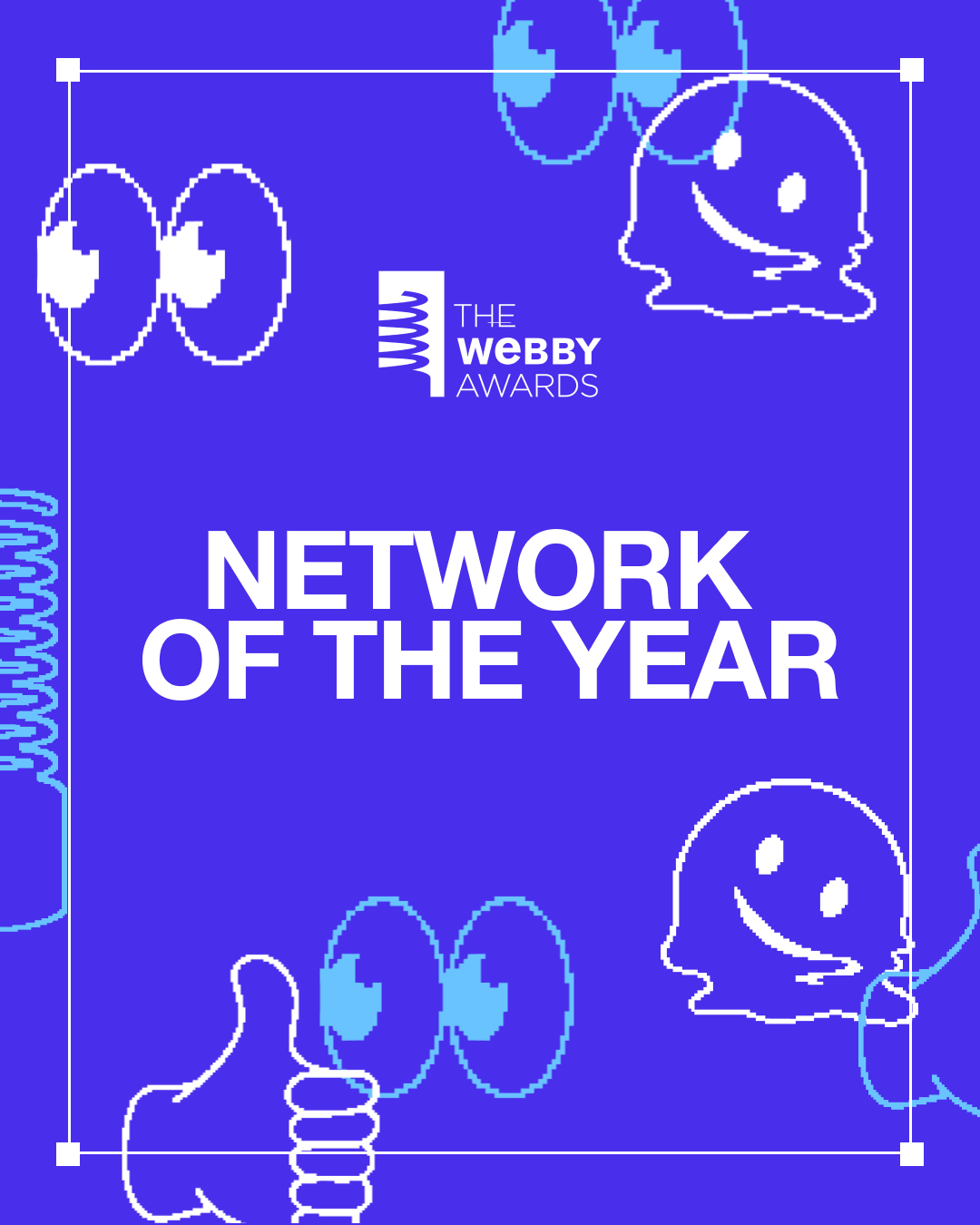Study: Only 16% of people understand what the metaverse is

When asked if they agreed or disagreed with the statement “I understand what the metaverse is”, only 16% of people said that they agreed.
This percentage was fairly consistent across all age groups, with 18-29 year-olds performing slightly worse than their older cohorts.
Metaverse definitions are widely disputed, so it’s not surprising that users are confused, but herein lies an opportunity for education.
According to web3 expert and brand innovator, Paula Marie Kilgarriff, brands should “stay away from saying ‘the one metaverse.’ What brands are doing is using technology to create 3D virtual experiences that encourage co-creation and customisation. It’s really about augmenting, not replacing other experiences.”
By calling it a singular metaverse, your marketers and technologists are getting backed into a corner. It creates an in and an out crowd. Users might also think they need a VR headset to access the metaverse.
H&M recently created a virtual showroom (and named it just that) to leverage 3D and VR technology. This experience could be considered a metaverse, but by calling it a virtual showroom, users immediately understand what the digital offering is, and why they might join.
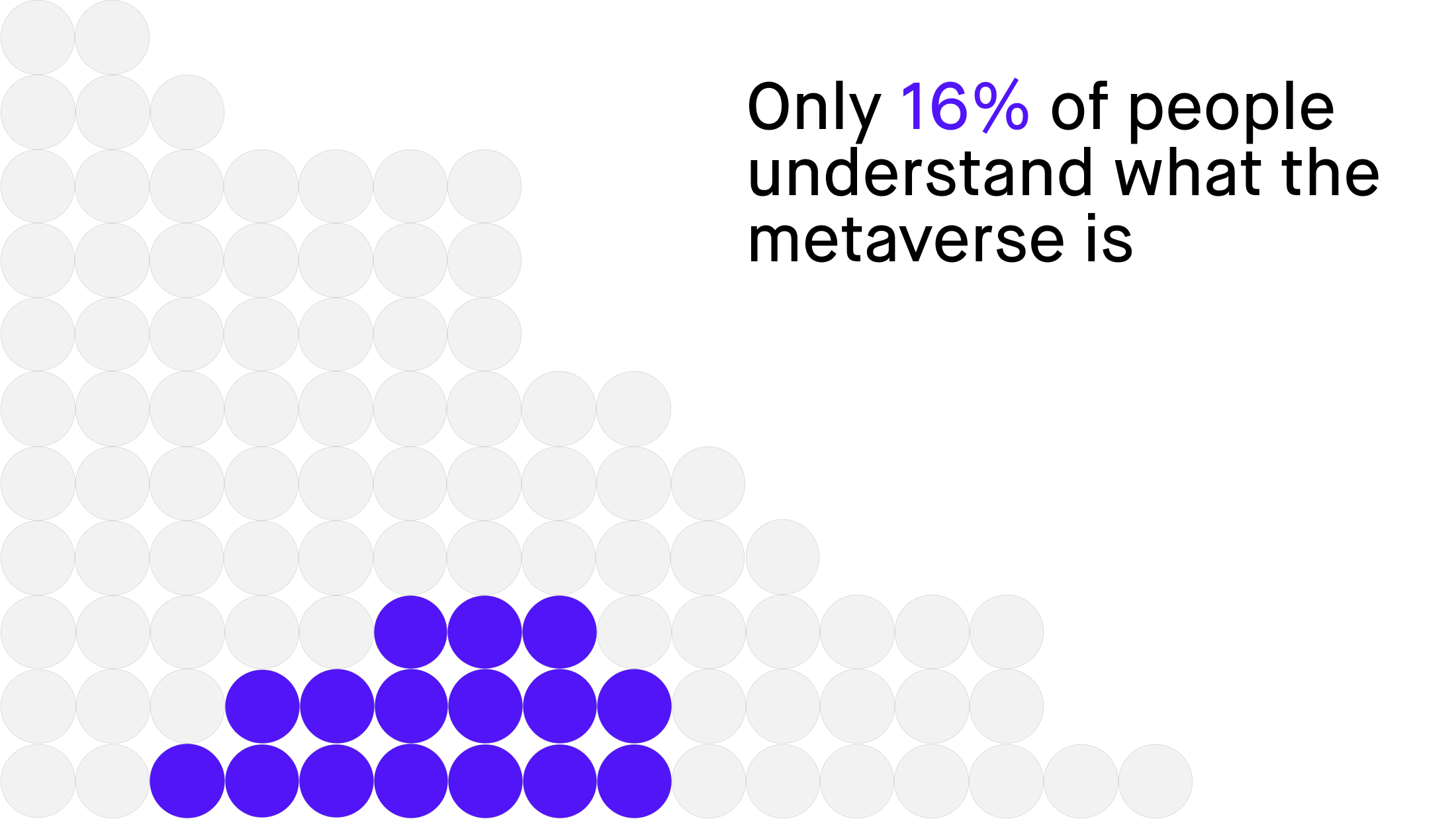
Despite lack of knowledge, there is plenty of curiosity
Even though most people aren’t exactly sure what the metaverse is or how it will benefit them, they would still join. Why?
Simple curiosity.
41% of users said curiosity was their number one reason to participate in the metaverse. Other reasons include gaming in the metaverse or attending a digital event.
New technology is exciting, and people want to experience it firsthand, even if they don’t understand it. This fact should excite brands and digital businesses since curiosity and marketing go hand in hand.
The NBA made the smart decision early on to experiment with curiosity to deliver gamified digital collectibles. A Top Shot NFT pulls inspiration from collectible trading card games, incorporating an element of reveal by allowing fans to “rip” open a digital pack.
The contents, digital cubes that rotate to reveal the stats and footage from iconic NBA dunks, are all highly watchable. But the moments they feature can be hard to find and collect, with just 0.09% representing the “legendary” moments that have been sold for tens of thousands of dollars.
By capturing fans’ curiosity about what their pack will contain, the NBA found major success with NFTs. Within its first five months, Top Shot netted more than $370 million.
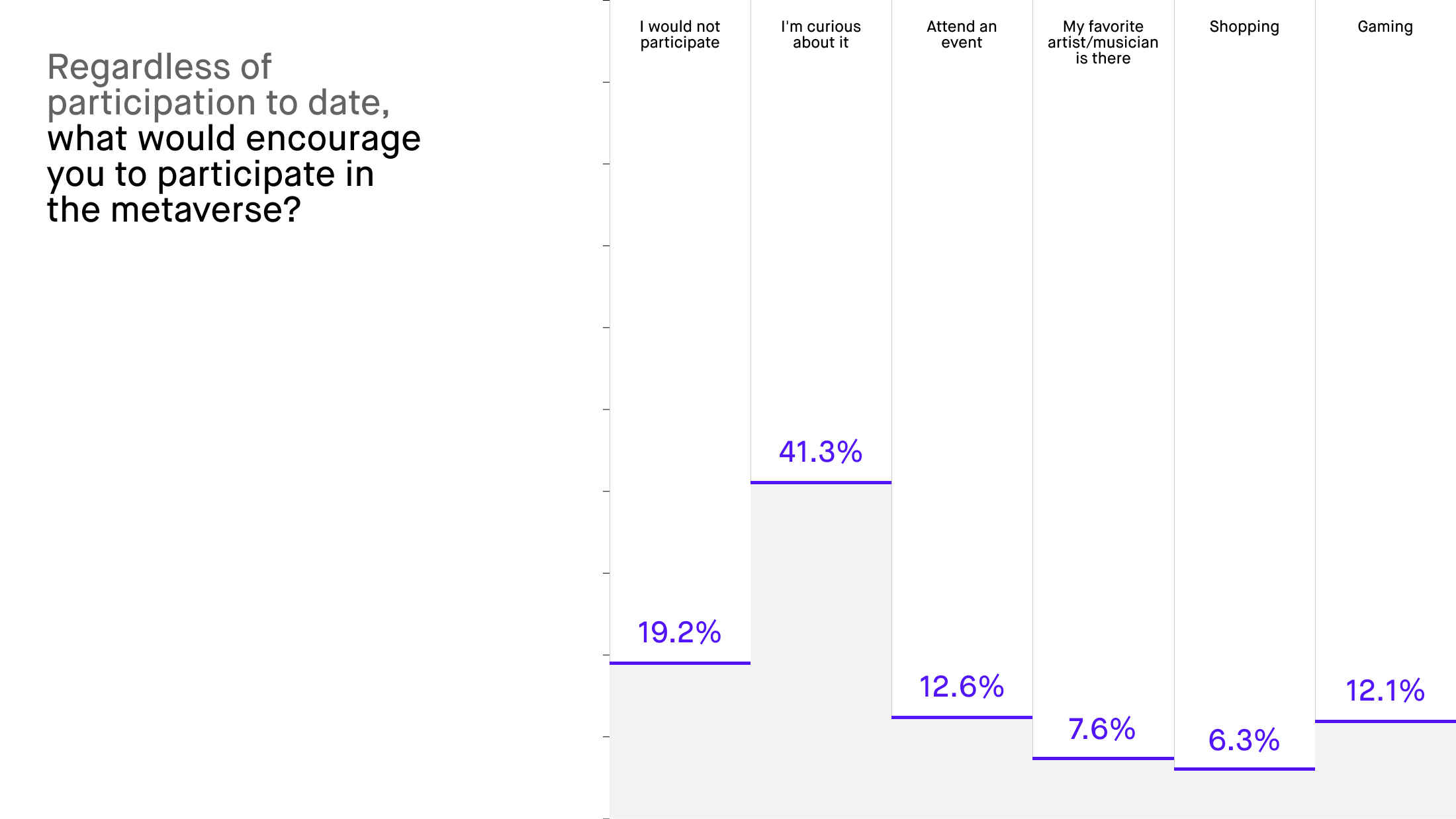
68% of users don’t see value in NFTs
NFTs are a popular way for brands to experiment within the metaverse, and companies like Coca-Cola, Taco Bell, and the NFL have successfully created and sold NFTs to their fans.
With constant news of new NFTs, it may seem like NFTs are a no-brainer for popular brands wanting to experiment with metaverse technology.
However, we found that 68% of users don’t see the value of owning an NFT. Of those that do see the value in NFTs, 38% said their reasoning was “The potential value [of an NFT] in the future.” 24% said to own a collector’s item of a favourite artist/group and 18% said to participate in an exclusive experience.
Many early NFT adopters understand the long-term value of these assets, but more education is needed for the bulk of consumers.
NFTs can have tangible value, but brands need to do a better job educating users on what exactly this value is.
NFTs have five main benefits, which include
1. Create liquidity for historically non-liquid assets.
2. Make ownership transparent and accessible.
3. Interact more meaningfully with a dedicated fanbase.
4. Create new ways to engage with digital audiences.
5. Add new digital experiences to existing goods and services.
For instance, imagine a world where your ownership of an NFT gives you the voting rights for the style of the next Nike Airforce One drop in the physical world.
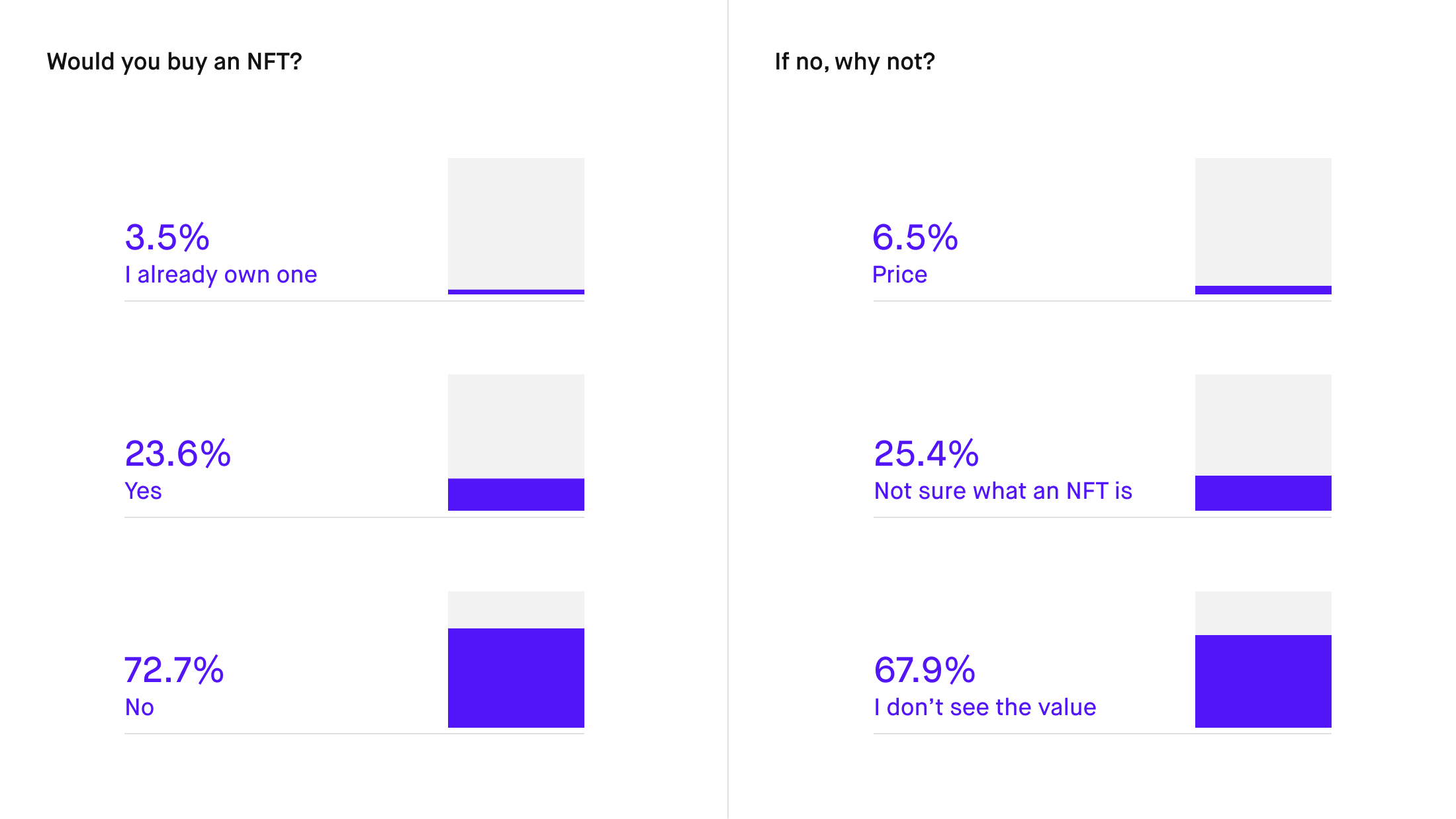
However, users understand (and love) AR
While users might not understand a single “the metaverse” or the value of an NFT, they do understand components of the metaverse and how they add value to their lives.
Consider online shopping. Think with Google found that 66% of people want to use augmented reality (AR) when shopping online and that this kind of engagement can improve conversion rates.
Snap’s latest AR features transform 2D photos (such as product photography) and turn them into turnkey AR-ready assets for Snapchat AR try-on Lens experiences. The user takes a couple of steps back, the camera snaps their body, and then imposes the clothes onto the static image of the user.
Augmented reality is metaverse technology, and it’s already here and incredibly sophisticated. It’s a way of bridging real life and the digital one, bringing metaverse opportunities through mobile rather than through a headset or computer screen.
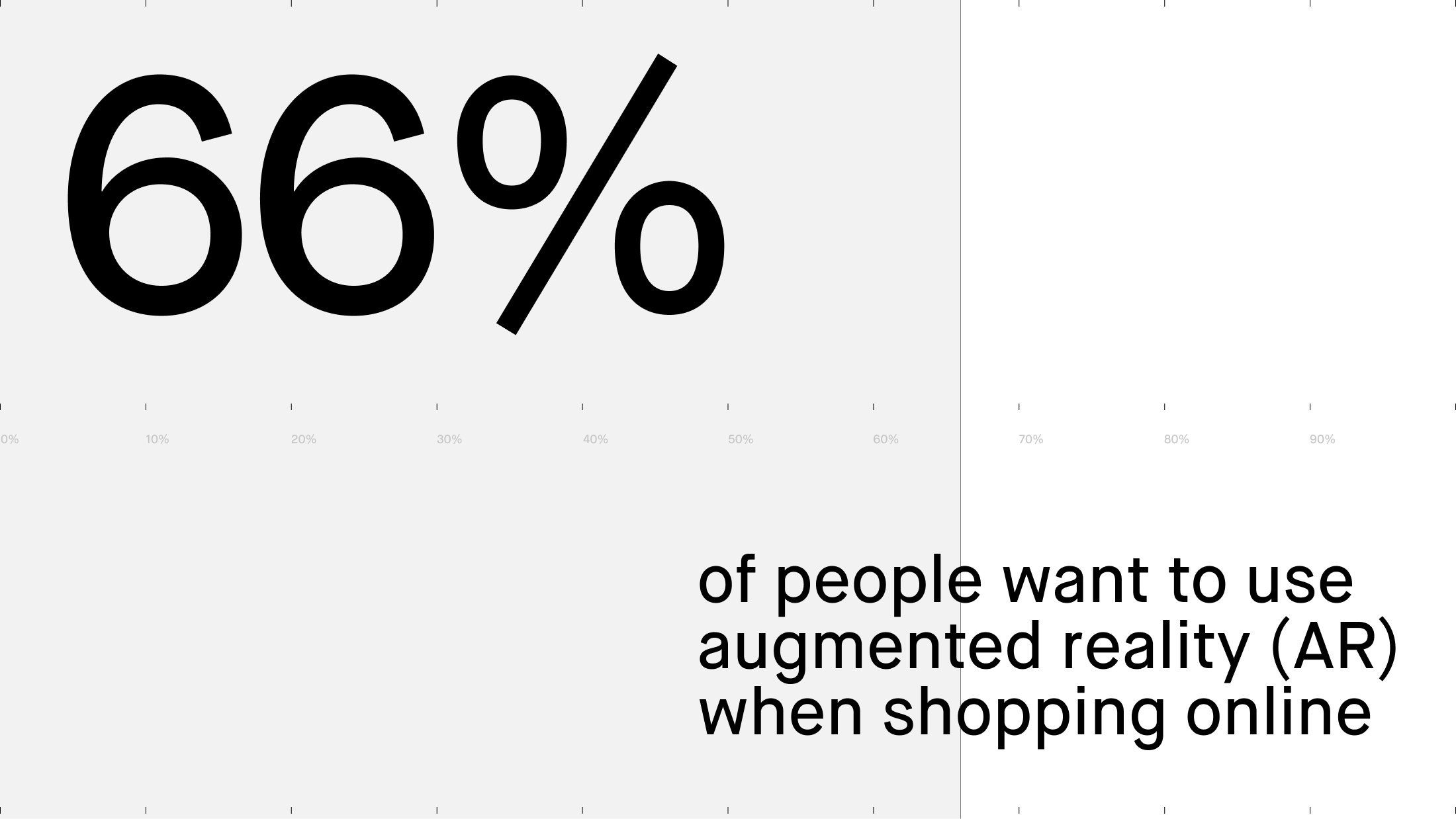
Engaging with brands in the metaverse? It’s a 50/50 split
50% of users said that they would engage with a brand in the metaverse. This number aligns with other industry standards, including Statista’s 2021 report that 45% of users do engage with brands via “liking a post from a brand”.
We followed up with the question, “What would encourage you to engage with a brand?” and the most popular themes were
– Brand affinity
– Exclusive sales/discounts
– Enhanced experiences
– To experience products before purchasing
Creating a billboard or commercial in the metaverse is one thing. Convincing fans to actively engage with you is another. To successfully do this, brands will need to create a community, offer a discernible benefit, or have an awe-worthy metaverse experience.
Surprisingly, the top perceived drawback isn’t climate-related
We asked survey-takers about negative aspects, if any, that might exist in the metaverse.
By far, the number one response was a hypothesized “disconnection from real life,” with 47% of survey takers responding as such. Following that was the potential for trolling/harassment and then misinformation potential at 19% and 17%, respectively.
Environmental issues? A mere 4% listed it as a top concern.
Even if our survey said users don’t care, we know that energy consumption issues associated with things like NFTs are a concern for brands. The good news is that blockchain technology isn’t inherently bad for the environment.
By using proof of stake instead of proof of work, the energy consumption of blockchain transactions is reduced by about 99%. Today, there are a few platforms that use this kind of validation, the major one being Algorand.
For Algorand, sustainability is a core component. As the world’s first pure proof of stake blockchain, the Algorand network is designed to minimally impact the environment.
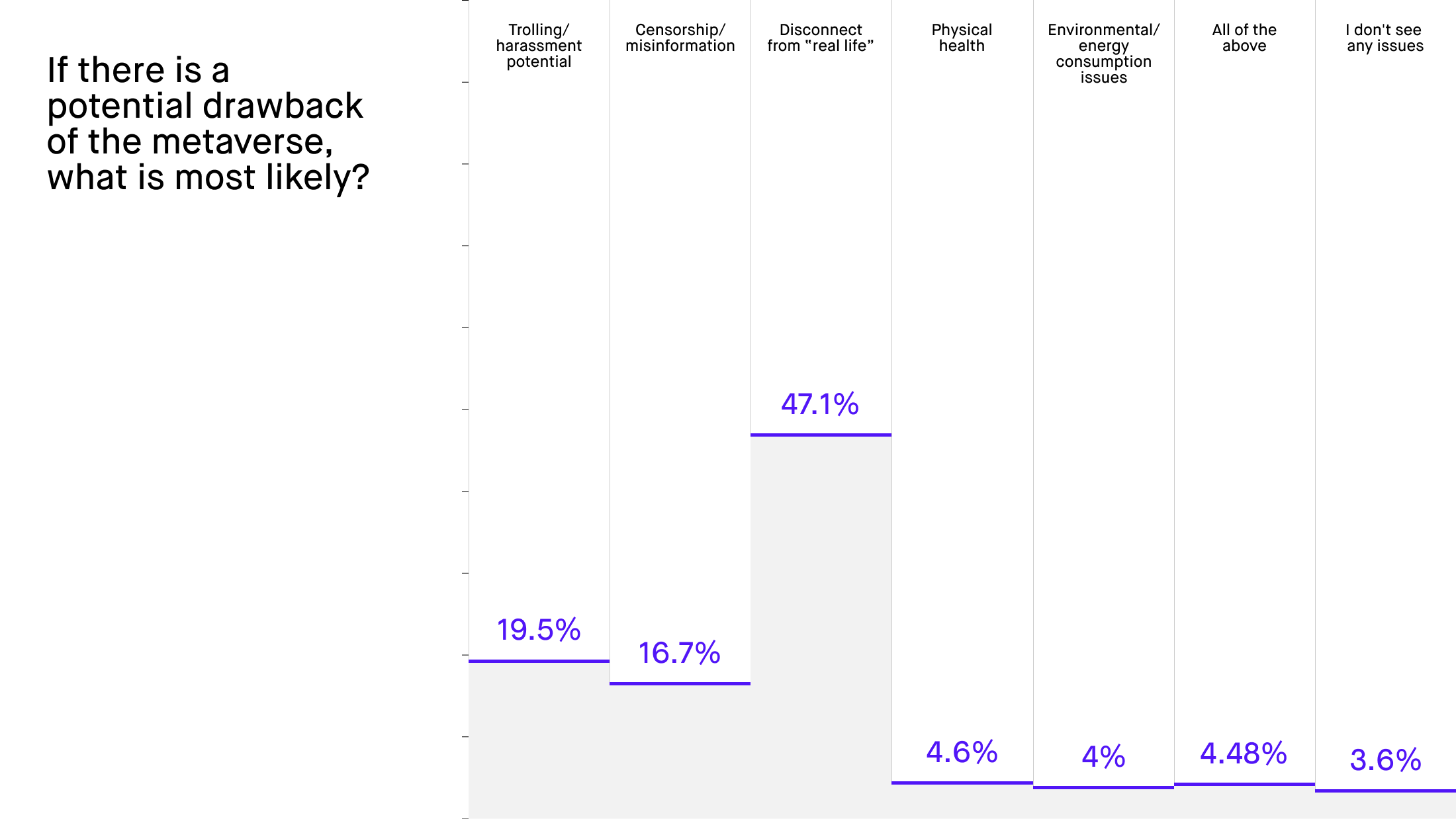
Takeaways for brands
People might not know what the metaverse is yet, but they love the tech that drives it.
This includes virtual worlds, augmented reality (AR) via filters and cameras, and online communities. As the line between digital and physical continues to blur, these technologies are the best places to start experimenting and investing.
Approachability and education will be essential.
An average user might not understand your brand’s “metaverse experience” but they do understand a “virtual showroom.” Be clear in your naming conventions so you don’t end up confusing your users.
Create it and they will not come.
To engage with a brand, people want something in return. Sometimes monetary benefits, sometimes exclusivity, sometimes experiences. Creating a successful brand experience will require you to understand your user’s preferences and then deliver.
The research conducted by DEPT® was distributed to 1,777 users in the United States. Ages 18-68, with a 50/50 gender balance. Completed 2.5.2022.
More Insights?
View all InsightsWant to learn more? Get your ticket to the Meta Festival on June 28th.

